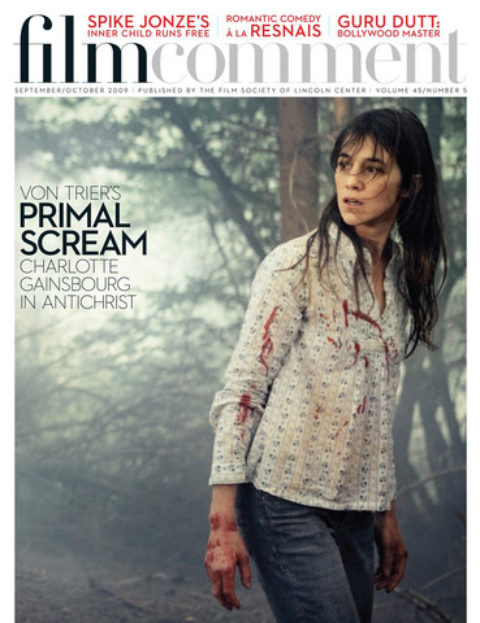You have to hand it to New York. It certainly is a cinematic city and a great leading character for a film. Woody Allen’s Manhattan, as well as a few other pictures shot here mostly in the Seventies, still attests to that fact. New York is still the capital of grit and glamour, home of hustlers and professionals hungry for fame and fortune. And it’s still that chaotic microcosm of everything, where an unspoken code of respect for the “other” somehow manages to sustain itself amidst so much competition and individualism. So how does our contemporary Gotham play in producer Emmanuel Benbihy’s most recent high concept installment of the “(Great City), I Love You” series?

On the one hand New York, I Love You packs enough familiar faces, cosmopolitan elegance, and multi-cultural urbanity to keep audiences sated through the 10 interconnected segments comprising this mostly feel-good menagerie. With his coterie of stars, and a privy council of international helmers (among them Fatih Akin, Shunji Iwai, Wen Jiang, and Mira Nair), Benbihy is nothing if not ambitious. A romantic utopian bent on rethinking the structures of film production, Benbihy talks about his project—to make neither an anthology, nor a collection of shorts, but rather a single unified “collective feature film”—as if he were the Charles Fourier of film producers.
Using a marathon “revolving door” production format, wherein each director had 48 hours to make their eight-minute segment before retiring to the editing room, the entire film was shot over the course of eight weeks, while an eleventh director handled the transitions from segment to segment. These were accomplished with the help of a self-reflexive narrative contrivance—a “videographer,” played by the French/American actress Emilie Ohana, whose assignment is first and foremost to tie together all the interweaving narratives, characters, and neighborhoods. “There just doesn’t exist a structure in filmmaking for making a movie with more than two directors,” says Benhiby, “so [New York, I Love You] has its own process.” Such a willingness to experiment with the parameters of feature production is admirable; and knowing the inner complexities of the making of this film is important for understanding the producer’s vision. At the end of the day, however, audiences not concerned with new production structures might come away from New York, I Love You feeling that they finally understand what Rube Goldberg’s “self-operating napkin” was all about.

That is to say, the amount of high-concept machinery assembled to make “a collection of films that would illustrate the universal idea of love around the world,” as the notes state, is too visible, too clumsily present for a subject that requires simplicity. New York City may have something for everyone, but that doesn’t mean art should as well. As a unified whole, this film lacks an economy of means (Bresson would call it “poverty”), both in the narrative tapestry, which weaves together the segments, as well as in the number of characters, ideas, and celebrity cameos. At its best, it might be said that such a cinematic cacophony approximates the noise of Manhattan itself; but so much seems to be overlapping in this film that a feeling of distraction threatens to dispel the emotion.
Of course, that’s not to say the film doesn’t have its moments. The collection of directors is too interesting for something not to come alive here, and for the most part, everyone does a good job. But the “agreeing to agree” philosophy necessary to keep a kitchen operating with so many cooks produces a certain blandness. The exception is Shekhar Kapur’s segment from a script by the late Anthony Minghella, who was originally set to direct this poetic encounter between an opera singer (Julie Christie) and a bellhop (Shia LaBeouf); the aura of death surrounding both the narrative and hanging over the production raises this vignette to a higher level.








